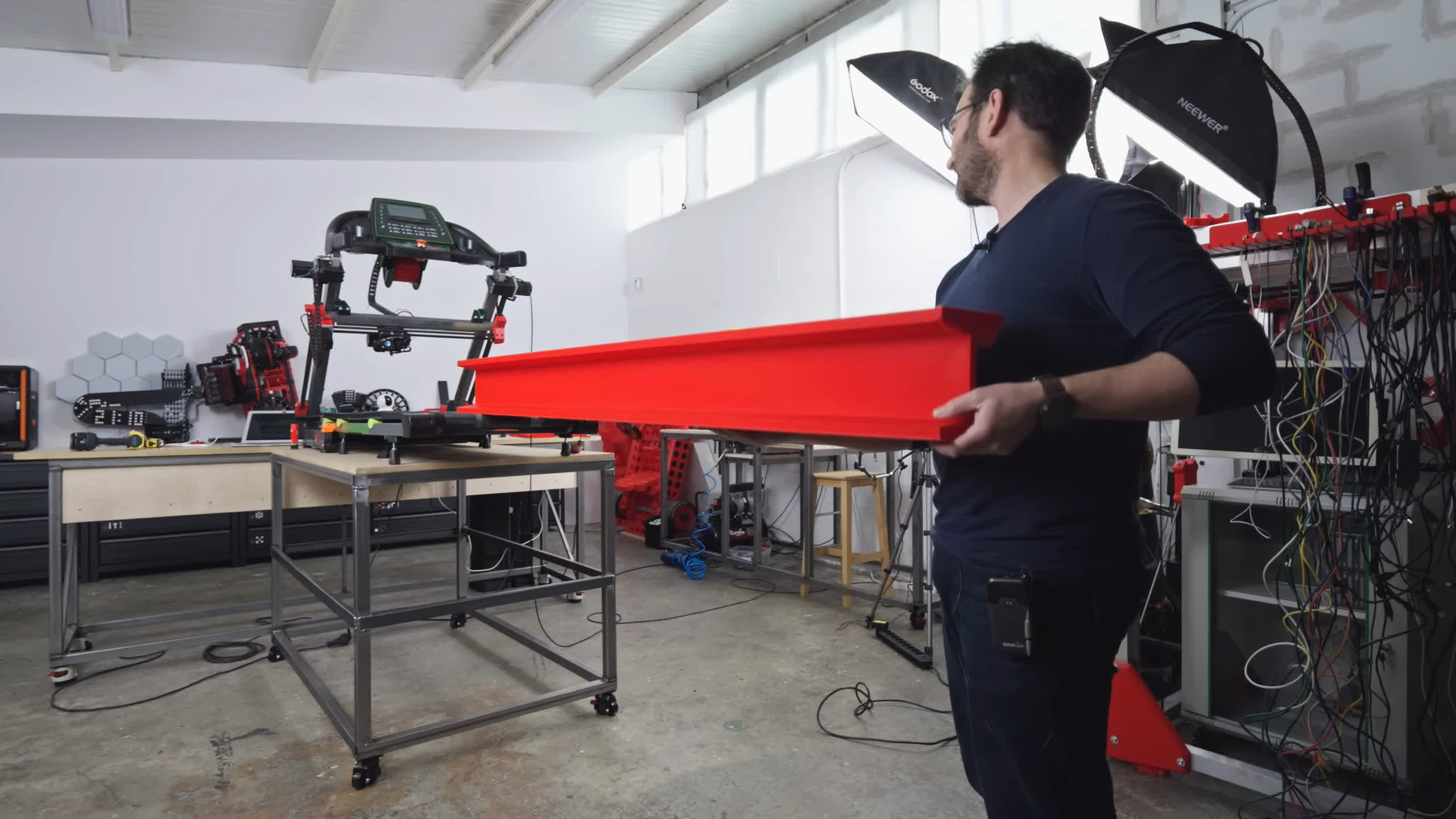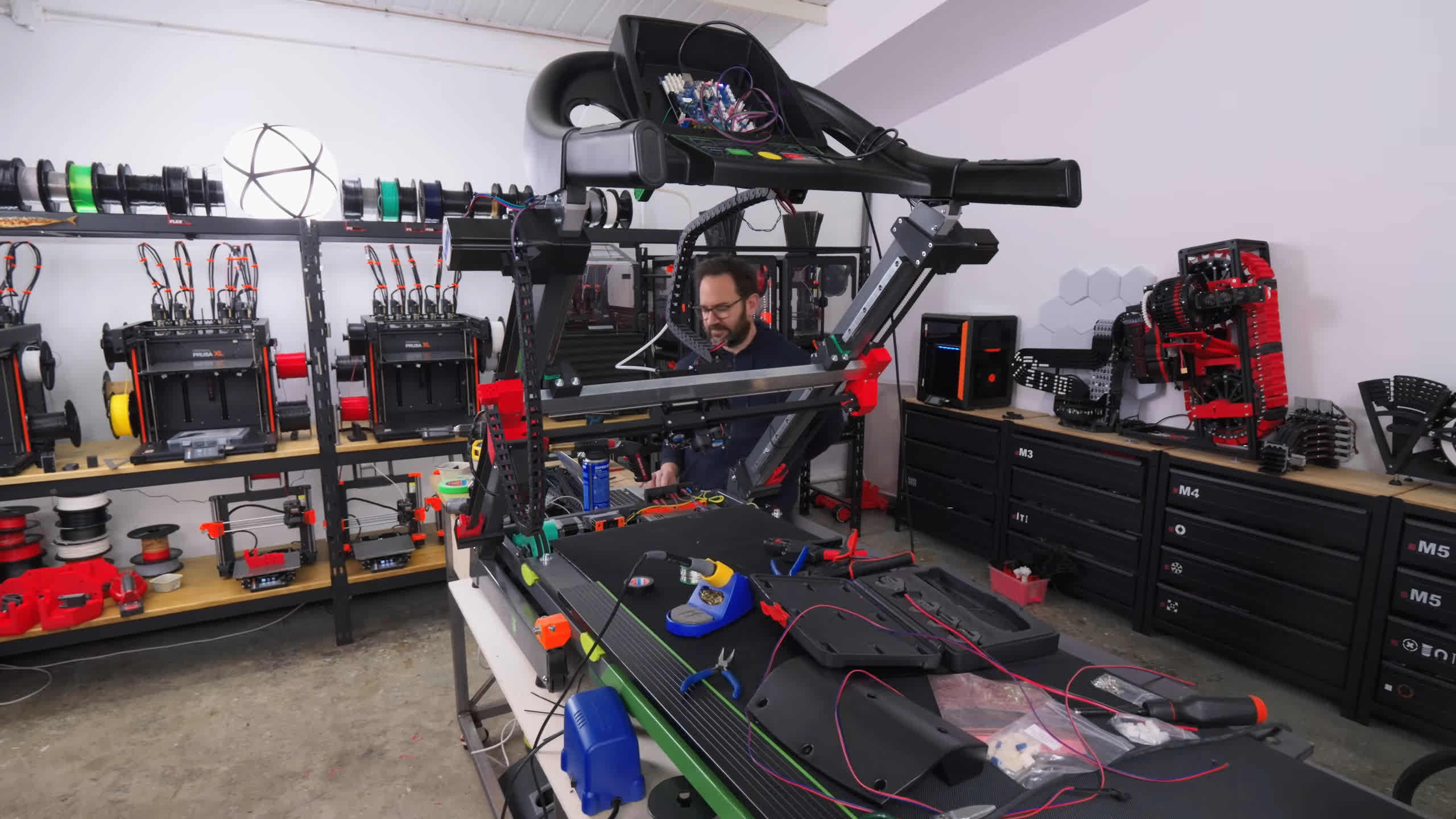What just happened? In a workshop filled with the whir of machines and the scent of fresh plastic, two makers have found a new use for an old piece of exercise equipment. Ivan Miranda and Jón Schone, both well-known in the DIY 3D printing community, have transformed a discarded treadmill into a massive belt-driven 3D printer. Their project pushes the boundaries of what's possible with home fabrication.
The idea began with a simple question: could the moving belt of a treadmill be adapted to serve as the conveyor in a 3D printer, allowing for prints of virtually unlimited length? For Miranda and Schone, the answer was yes, but getting there took a blend of ingenuity, technical skill, and a willingness to experiment with unconventional materials.
Their process started with stripping the treadmill down to its essentials. They kept the sturdy frame and the continuous rubber belt, which would become the heart of their new machine.
The team then mounted linear rails directly onto the treadmill's frame and constructed a custom gantry system to support the print head. To handle the demands of large-scale printing, they developed an extra-large extruder and integrated stepper motors to drive precise movement. Custom wiring and modules tied the system together, ensuring that the belt and print head worked in perfect sync.
The technical challenges were significant. Calibrating the belt's speed to match the printer's output was crucial for producing clean, accurate prints. Adhesion also proved tricky – they needed the plastic to stick firmly to the moving belt during printing but release easily once finished. Through trial and error, Miranda and Schone refined their approach, sharing both breakthroughs and setbacks with their online audience.
The oversized belt 3D printer quickly proved its capabilities. In one demonstration, the machine produced a plastic girder more than two meters long, a feat far beyond the reach of standard desktop printers. The treadmill's continuous belt meant the only real limit to print length was the machine itself, opening up possibilities for manufacturing furniture components, architectural models, or long mechanical parts in a single piece.
The setup also enabled batch production, allowing multiple small objects to be printed consecutively without interruption.
Miranda and Schone's project stands out even within the growing trend of "infinite build volume" printers, a concept that has intrigued makers since at least 2017 but remains rare. By repurposing a treadmill, they demonstrated how everyday objects can be given new life through creativity and technical know-how.

